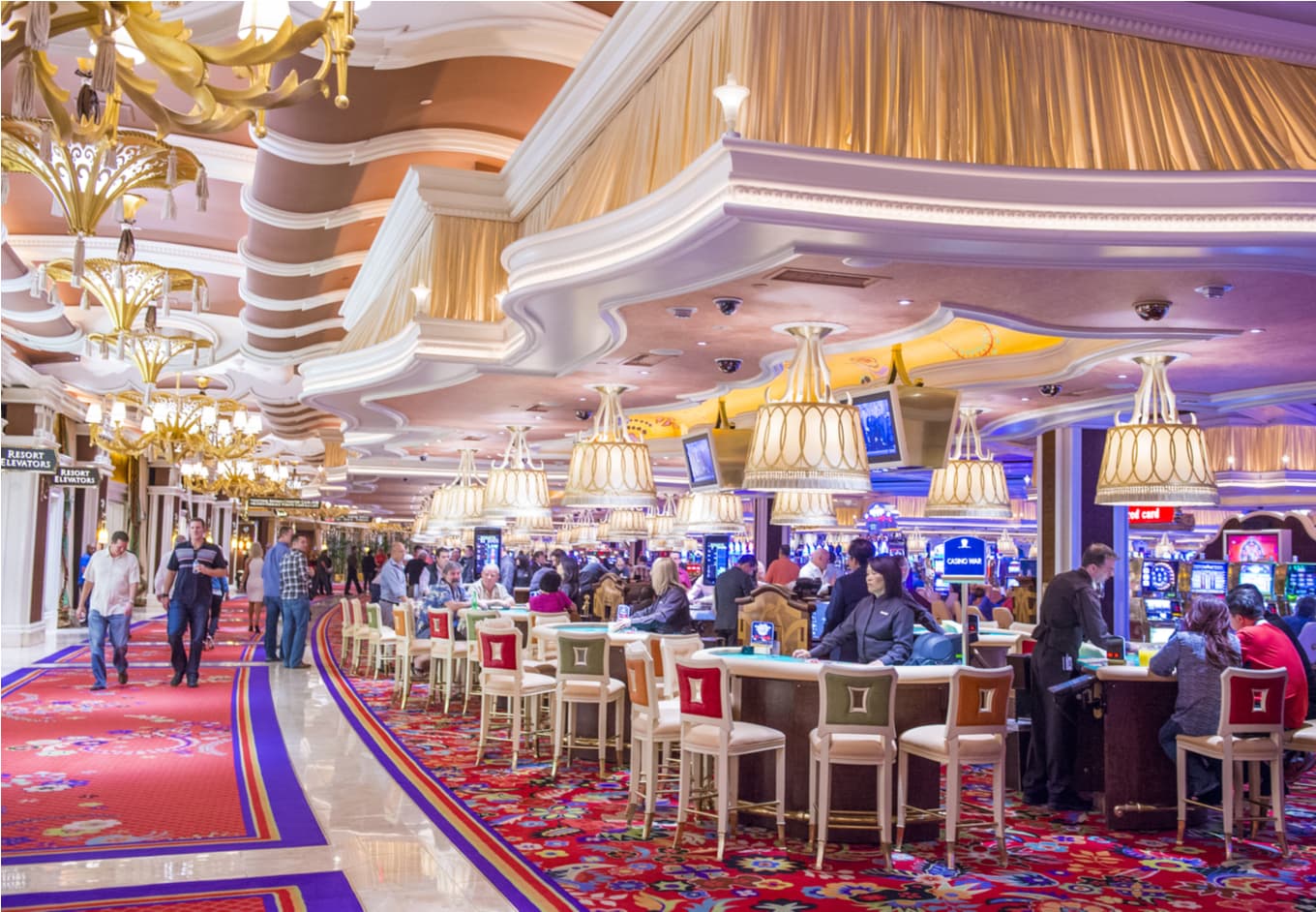The sphere of gambling games has long enthralled players with its blend of adventure, tactics, and the excitement of luck. As technology advances and the gambling landscape transforms, an exciting approach known as game mechanics has started to redefine the way we experience these classic games. By including game-like features such as competition, prizes, and monitoring advancement, gamification enhances player involvement and changes the traditional casino atmosphere into a much lively and engaging environment.
This approach in casino entertainment not only appeals to seasoned gamblers but also invites a fresh group of participants who want a much involved experience. Featuring features that promote involvement and foster connection among participants, the game-based features infuse new life into beloved favorites like poker, blackjack, and slot machines. As we dig deeper into this phenomenon, we will analyze how gamification is redefining the casino experience, making it far inclusive, enjoyable, and rewarding for everyone participating.

Understanding Game Mechanics
Gamification denotes the implementation of gaming elements in non-game environments to improve user involvement and experience. In the realm of gambling, this concept has gathered considerable attention, transforming traditional gaming into a much dynamic and rewarding experience. By incorporating elements such as scores, levels, and rewards, casinos can create an atmosphere that drives players to participate more often and for longer periods.
At the heart of gamification is the urge to tap into the intrinsic drives of players. Casino games that employ gamification techniques are designed to not only amuse but also to encourage competition and success. WW88 ESQ Players are often attracted to the prompt feedback and advancement monitoring that these features provide. This not only maintains them involved but also fosters a feeling of achievement as they reach milestones and access fresh aspects.
Furthermore, gamification can boost community interaction among players, cultivating a social atmosphere that enriches the pleasure of gaming experiences. Elements such as ranking systems, team challenges, and teamwork activities allow players to link with fellow players, share stories, and battle in a friendly manner. This social aspect adds another layer to the adventure, rendering it even more captivating and pleasurable for gamers.
Influence on User Interaction
Game design strategies in gaming establishments have greatly altered the way users engage with their favorite games. By incorporating elements such as rewards, scoreboards, and trophies, gambling establishments create an setting that fosters a stronger connection between players and the games they love. This improved engagement leads to extended gaming sessions and heightened player dedication, as players endeavor to reach new stages or receive special rewards.
Additionally, the social component of game-based casino games cannot be ignored. Numerous sites allow gamers to compete against peers or other gamers, which brings a level of excitement and camaraderie. This competition drives engagement by appealing into gamers’ desire to win, motivating them to revisit for extra in order to enhance their position or showcase their achievements. As a result, the connections between players foster a feeling of belonging that encourages gamers coming back.
Additionally, the instant feedback and recognition provided by game elements serve to inspire users. Whether it be a alert of a recent achievement or the excitement of earning a reward, these instant gratifications play a essential role in maintaining attention. By continually providing users for their actions, casino games become more than just a pastime; they develop into an interactive experience that entices gamers and improves their overall enjoyment.
Trends in Casino Game Design
The entire landscape of gambling game design is regularly evolving, driven by tech innovations and shifting player preferences. One important trend is the integration of immersive technologies, such as virtual reality and AR reality, to enhance the gaming experience. Such technologies create a more engaging environment, allowing players to perceive as though they are in a real casino, which can lead to prolonged play sessions and heightened player satisfaction.
Another trend is the inclusion of storytelling elements into casino games. Game designers are concentrating on narratives to create a stronger connection between the player and the game. This narrative-driven approach not only makes the games more enjoyable but also encourages players to engage emotionally, which can enhance their overall experience. By combining traditional gaming mechanics with captivating stories, developers are attracting a wider audience who may not have previously engaged with casino games.
Finally, the emergence of social gaming features is reshaping how players interact with casino games. Many games now incorporate social elements, such as broadcasting achievements or competing with friends, to promote community and engagement. This trend reflects a move towards a more interactive experience, where players can connect with others, sharing their excitement and struggles. As casinos adapt to these social dynamics, the experience of gaming becomes not just about solo play, but also about fostering connections among players.